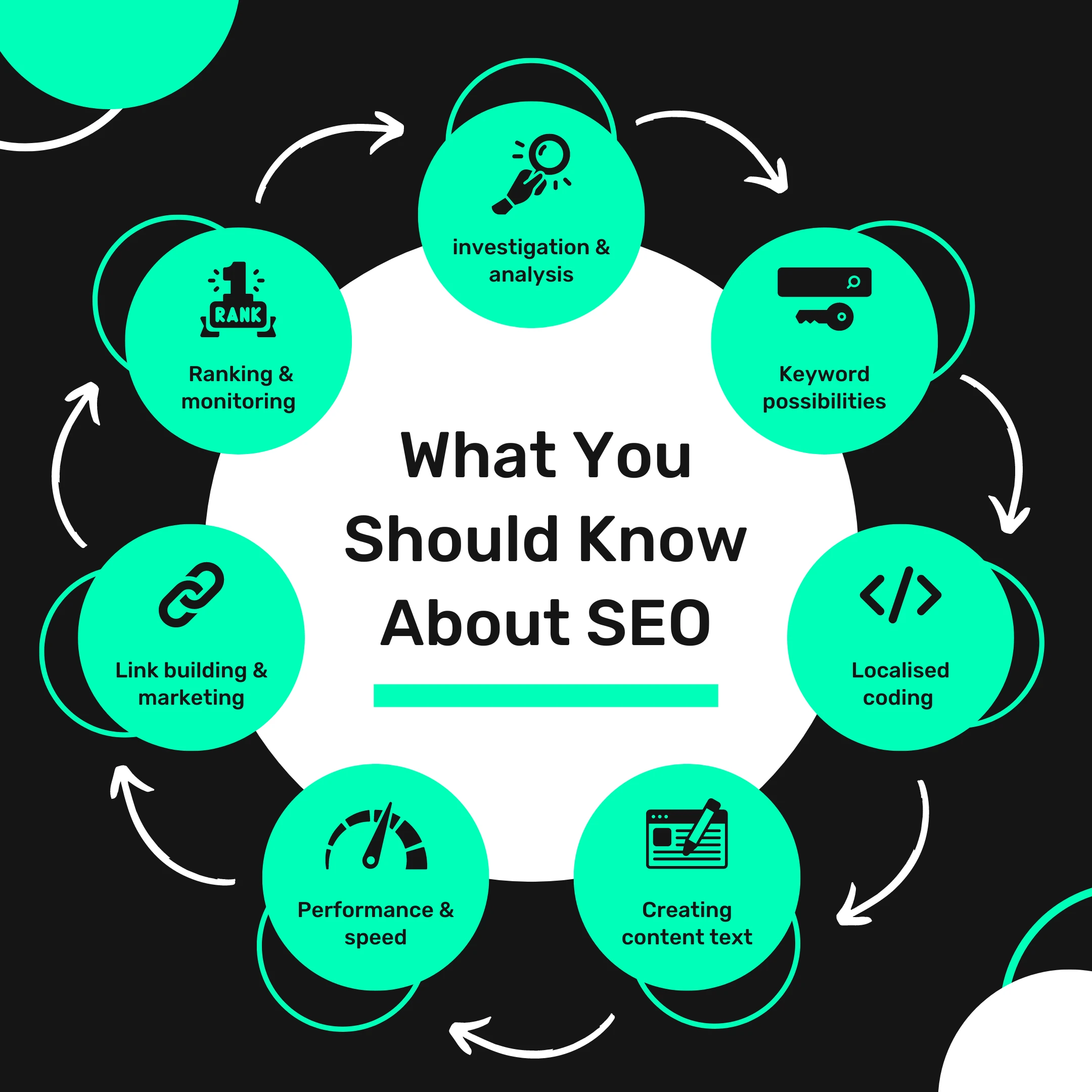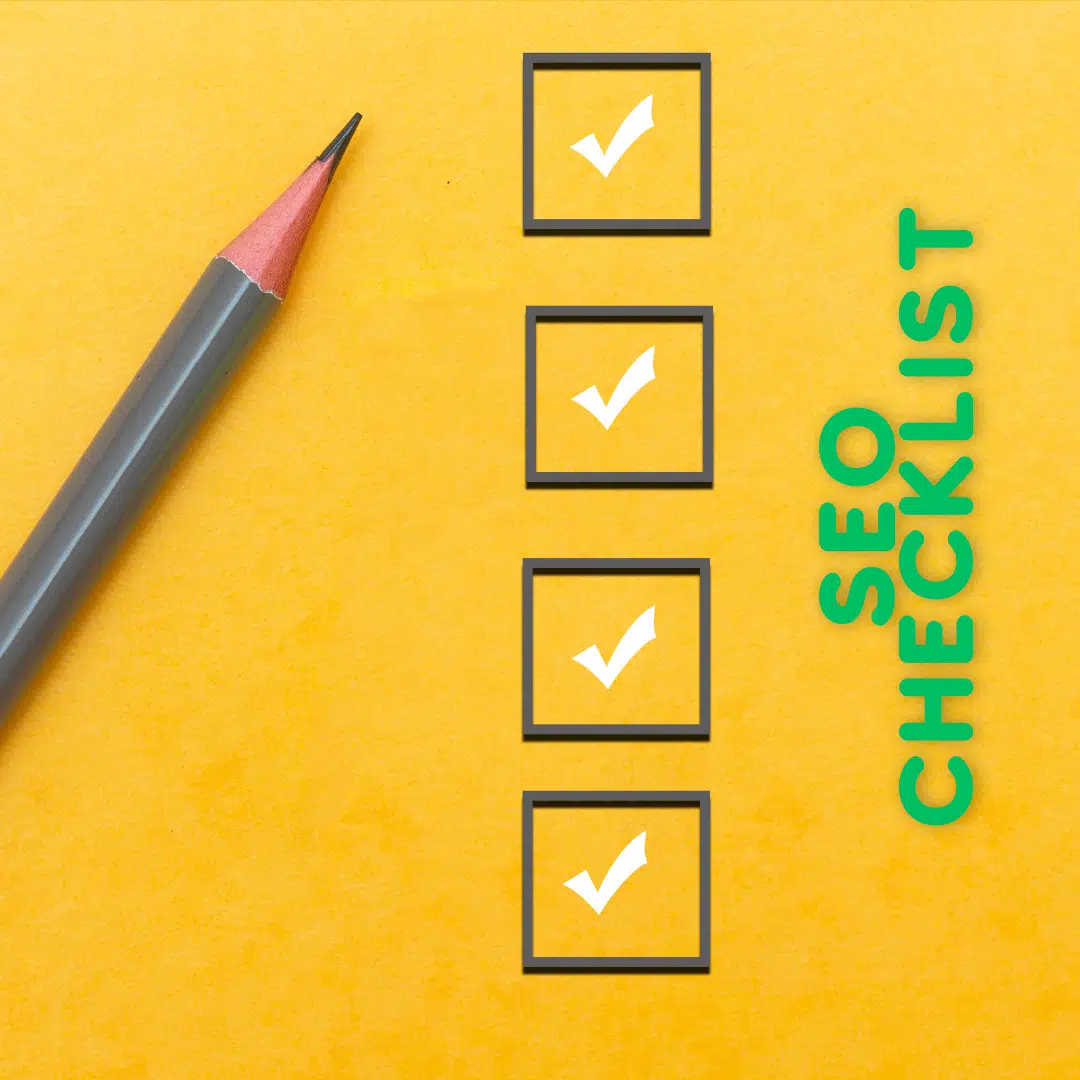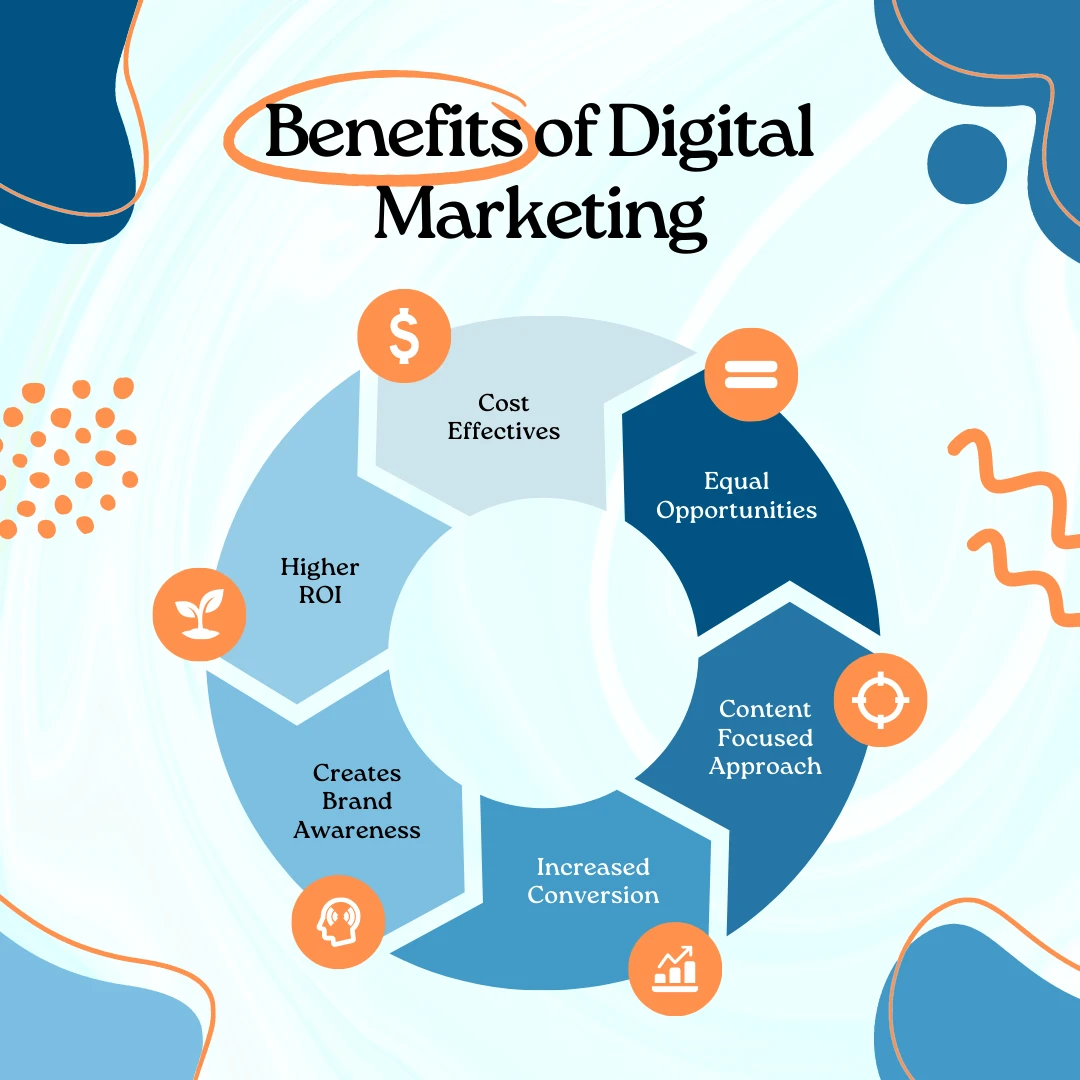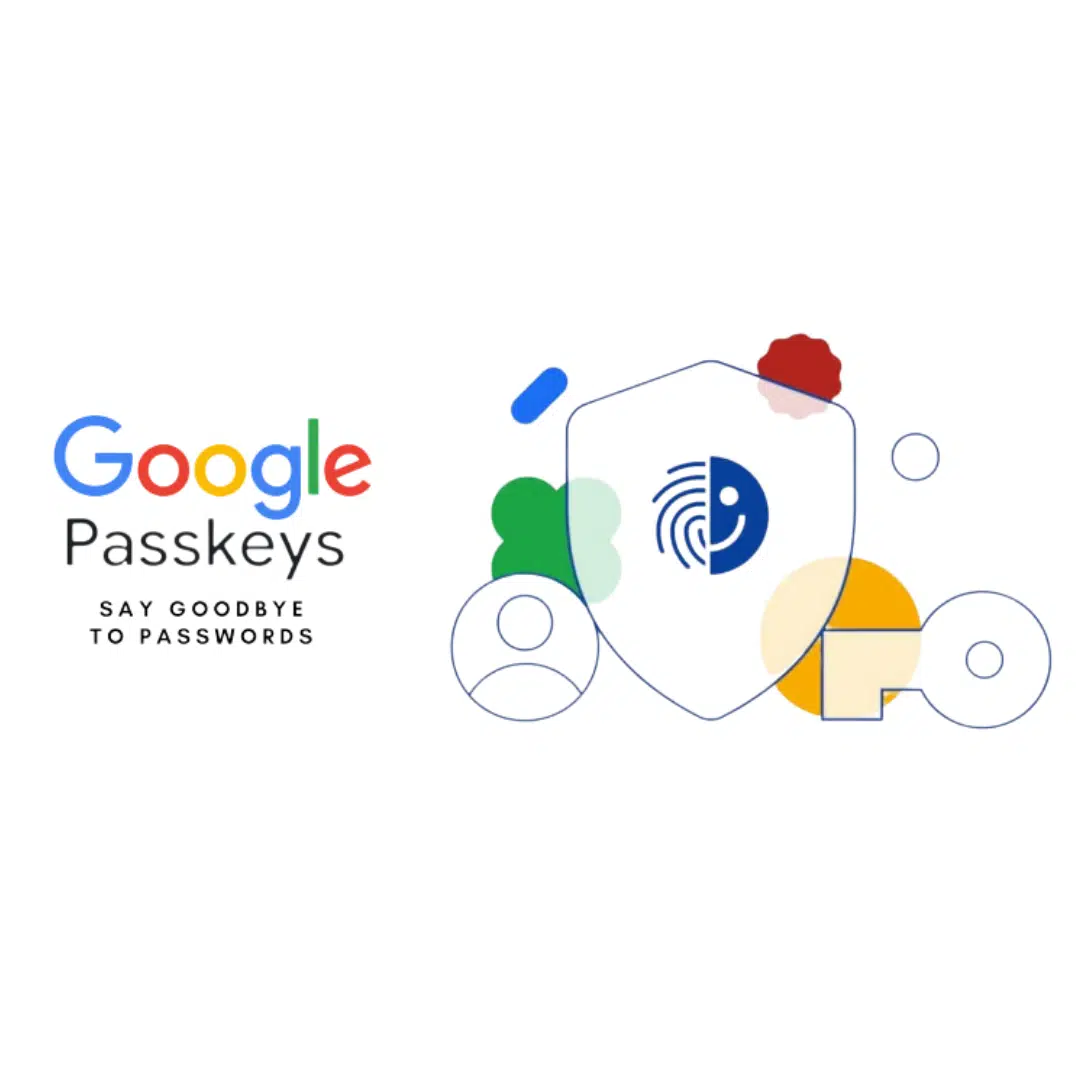

Are you looking to maximise your website’s performance and increase your online visibility? Look no further! In the ever-evolving world of digital marketing, search engine optimisation (SEO) continues to be a crucial factor in driving organic traffic to your website. To ensure that your website is reaching its full potential, it’s essential to conduct regular SEO audits. But where do you start? Introducing the ultimate SEO checklist! In this comprehensive guide, we have compiled the top 10 key elements that you need to review for optimal website performance. From keyword research and on-page optimisation to technical SEO and user experience, this checklist covers it all. Whether you’re a seasoned SEO professional or just starting, this checklist will serve as your roadmap to success. So, let’s dive in and unlock the secrets to boosting your website’s performance and skyrocketing your search engine rankings!
One of the fundamental aspects of SEO is keyword research and optimisation. It involves identifying the most relevant keywords for your business and optimising your website content to rank for those keywords. To start, conduct thorough keyword research using tools like Google Keyword Planner, SEMrush, or Ahrefs. Look for keywords with high search volume and low competition.
Once you have your keywords, strategically incorporate them into your website content. However, it’s crucial to maintain a natural flow and avoid keyword stuffing, as it can negatively impact user experience and search engine rankings. Optimise your page titles, headings, meta tags, and content to reflect your target keywords. Additionally, consider long-tail keywords as they can help you capture more specific search queries and attract highly targeted traffic.
Remember, SEO is an ongoing process, and keywords can evolve over time. Continuously monitor your keyword performance and make adjustments as needed. By staying on top of keyword research and optimisation, you’ll ensure that your website remains relevant and competitive in the search engine results.
On-page optimisation focuses on optimising individual web pages to improve their visibility and ranking on search engine result pages (SERPs). It includes various factors such as content quality, internal linking, and HTML tags. Let’s break down the key components of on-page optimisation:
High-quality content is the cornerstone of a successful SEO strategy. It not only attracts and engages visitors but also signals to search engines that your website is valuable and authoritative. Create unique, informative, and well-structured content that addresses the needs and interests of your target audience. Incorporate relevant keywords naturally, but prioritise user experience over keyword density.
Ensure that your content is easily scannable by using headings, subheadings, bullet points, and short paragraphs. Use multimedia elements like images and videos to enhance the visual appeal and engagement of your content. Regularly update and refresh your content to keep it relevant and timely.
Internal linking is the practice of linking one page of your website to another page within the same domain. It helps search engines understand the structure and hierarchy of your website, improves navigation, and distributes link equity throughout your site. When creating internal links, use descriptive anchor text that includes relevant keywords.
Strategically link to relevant pages within your website to guide visitors and search engine crawlers to important content. Avoid excessive internal linking or linking to irrelevant pages, as it can confuse users and dilute the authority of your pages. Regularly audit your internal links to ensure they are working correctly and update them as needed.
HTML tags provide structure and context to your website content. The most important HTML tags for on-page optimisation are:
Meta tags and meta descriptions play a crucial role in SEO by providing information about your web pages to search engines and users. Let’s explore their significance and best practices for optimisation.
Meta tags are snippets of HTML code that provide information about a web page’s content. The two most important meta tags for SEO are the title tag and meta description.
The title tag appears as the clickable headline in search engine results. It should accurately describe the content of the web page and include relevant keywords. Keep the title tag concise, typically under 60 characters, to ensure it is fully displayed in search results.
The meta description is a brief summary of the web page’s content that appears below the title tag in search engine results. It should be compelling, relevant, and encourage users to click through to your website. Use action-oriented language, include relevant keywords, and keep the meta description under 160 characters.
The structure of your website’s URLs and its overall architecture can have a significant impact on SEO. A well-organised URL structure and site architecture make it easier for search engines to crawl and index your web pages. Here are some best practices to follow:
Design your site architecture to be logical and user-friendly. Create a clear navigational structure that allows users to easily find and access relevant content. Use breadcrumbs to indicate the hierarchical structure of your website.
Ensure that your website is easily accessible to search engine crawlers by creating an XML sitemap and submitting it to search engines. This helps search engines discover and index your web pages more efficiently.
By optimising your URL structure and site architecture, you’ll improve the crawlability and indexability of your website, leading to better search engine rankings.
In today’s mobile-first world, mobile optimisation is no longer optional but essential for SEO success. With the majority of internet users accessing websites on mobile devices, search engines prioritise mobile-friendly websites in their rankings. Here are some key considerations for mobile optimisation:
Implement a responsive design that automatically adapts your website’s layout and content to fit different screen sizes and devices. This ensures a seamless user experience across desktops, smartphones, and tablets.
A responsive design eliminates the need for separate mobile and desktop versions of your website, making it easier to manage and maintain. It also consolidates your website’s authority and backlinks, as all traffic is directed to a single URL.
Page speed is a critical ranking factor for mobile optimisation. Users expect fast-loading web pages, and search engines prioritise websites that deliver a superior user experience. To optimise your website’s performance, consider the following:
By optimising your website for mobile devices and improving its performance, you’ll enhance the user experience and increase your chances of ranking higher in mobile search results.
Page speed and website performance are crucial factors that can significantly impact user experience and search engine rankings. Slow-loading web pages not only frustrate visitors but also deter search engines from crawling and indexing your website effectively. Here are some strategies to improve page speed and website performance:
Images are often the largest files on a web page and can significantly contribute to slow load times. Optimise your images by reducing their file sizes without compromising quality. Use image compression tools or plugins to automatically compress images upon upload.
Consider using next-generation image formats such as WebP, which offer superior compression and quality compared to traditional formats like JPEG and PNG. Additionally, lazy loading images can prevent unnecessary loading of images that are not currently visible on the screen, improving initial load times.
CSS and JavaScript files can contain unnecessary whitespace, comments, and code, which increase file sizes and slow down page loading. Minify your CSS and JavaScript files by removing these unnecessary elements to reduce file sizes.
There are various online tools and plugins available that can automate the minification process. Ensure that you test your website thoroughly after minification to ensure that the functionality and appearance are not affected.
Browser caching allows users’ browsers to store static resources, such as images, CSS, and JavaScript files, locally for a specified period. This reduces the need to download these resources on subsequent visits, resulting in faster load times.
Implement caching headers on your web server to specify how long browsers should cache your static resources. You can also leverage caching plugins or content delivery networks (CDNs) to handle caching automatically.
GZIP compression reduces the file size of your HTML, CSS, and JavaScript files, allowing them to be transferred more quickly over the network. Enable GZIP compression on your web server to compress these files before sending them to users’ browsers.
Most modern web servers and content management systems (CMS) have built-in support for GZIP compression. Check your server configuration or consult your hosting provider for instructions on enabling GZIP compression.
High-quality and valuable content is not only essential for engaging users but also for improving your search engine rankings. Here are some tips for optimising your content:
Incorporate relevant keywords naturally into your content to improve its visibility in search engine results. Conduct keyword research to identify the most relevant and high-performing keywords for your industry.
Include your target keywords in your page titles, headings, URL, meta tags, and throughout the body of your content. However, avoid keyword stuffing, as it can negatively impact user experience and search engine rankings.
Create well-structured content that is easy to read and understand. Use headings, subheadings, and bullet points to break up your content into digestible sections. This improves readability and makes it easier for users to scan and navigate your content.
Additionally, use shorter paragraphs and sentences to make your content more concise and readable. Consider using multimedia elements like images, videos, and infographics to enhance the visual appeal and engagement of your content.
Link building is the process of acquiring high-quality backlinks from other websites to improve your website’s authority and search engine rankings. Here are some effective link building strategies:
Create high-quality and valuable content that naturally attracts backlinks from other websites. Publish blog articles, guides, infographics, and videos that provide unique insights and solve your target audience’s problems.
Promote your content through social media, email outreach, and influencer partnerships to increase its visibility and encourage others to link to it. Engage with your audience and industry influencers by participating in discussions and sharing valuable insights.
Guest blogging involves writing articles for other websites in your industry and including a link back to your website in the author’s bio or content. Look for reputable websites that accept guest contributions and have an audience that aligns with your target market.
Ensure that your guest blog articles provide valuable and informative content that resonates with the website’s audience. This increases the likelihood of your article being accepted and shared by the website’s audience.
Tracking and analytics are essential for measuring the success of your SEO efforts and identifying areas for improvement. Here are some key metrics and tools to consider:
Congratulations! You have now completed the ultimate SEO checklist, covering the 10 key elements to review for optimal website performance. From keyword research and on-page optimisation to technical SEO and user experience, this comprehensive guide has provided you with the roadmap to success.
Remember, SEO is an ongoing process that requires continuous monitoring, testing, and adaptation. Stay up-to-date with the latest industry trends and algorithm updates to ensure that your website remains competitive in the ever-evolving digital landscape.
By implementing the strategies and best practices outlined in this checklist, you’ll be well on your way to boosting your website’s performance. LeadOnDesign as a web development and Social Media Marketing agency in Melbourne, will provide you with SEO optimised web development services.


